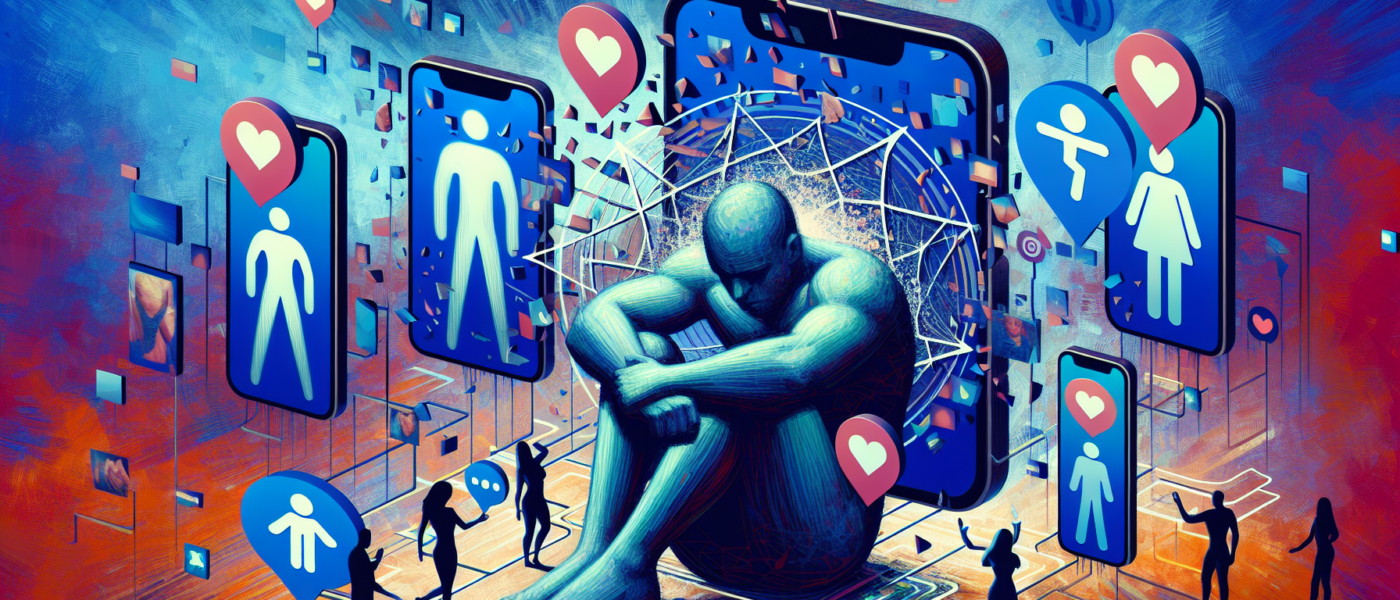The Dangers of Unrealistic Fitness Standards on Social Media: Mental Health Implications and the Need for Regulation
Unrealistic Body Standards and Their Repercussions
Social media platforms are now rife with fitness content that often portrays unrealistic body standards, leading to a myriad of negative impacts on viewers, particularly women. These platforms, such as TikTok, frequently showcase idealized versions of fitness and beauty that are not naturally achievable for most people. This can lead to serious body dissatisfaction and a negative self-image, which can have long-term mental health implications.
Moreover, the ideal female body type often depicted in these contents is thin, reinforcing societal beauty standards that many find unattainable. This perpetuation of thinness as the ideal can exacerbate body dissatisfaction, driving women to adopt unhealthy eating and exercise habits in an attempt to conform to these standards.
Health Advice and Qualified Influencers
A significant issue with fitness content on social media is the prevalence of misleading or harmful health advice. Recent studies, such as one that analyzed TikTok fitspiration videos, found that about 60% of the content contained misleading diet, health, or fitness advice. This can be particularly dangerous as followers may implement these tips without understanding the potential health risks involved.
Adding to the concern is that many fitness influencers lack valid health and fitness qualifications. This raises significant questions about the reliability and safety of the information they provide. Without proper credentials, these influencers are not equipped to offer safe and effective health advice, which can lead to their followers injuring themselves or developing unhealthy habits.
Gender Bias and Social Comparisons
There is also a noticeable gender bias in fitness content, with women being featured more often than men. The focus for women is predominantly on appearance-related motivations for exercising rather than on overall health and wellness. This can distort perceptions of fitness and normalize the idea that exercise is primarily for achieving aesthetic goals.
The ubiquitous nature of social media enables constant social comparison, which can heighten feelings of anxiety, particularly in gym settings. Individuals might feel judged or perceive that they are inadequate compared to the perfectly curated lives of fitness influencers. This comparison can lead to a decline in self-esteem and motivation, deterring people from pursuing healthy habits further.
Mental Health Consequences
The prolonged use of social media has significant negative effects on mental well-being. Users may experience increased feelings of depression, loneliness, and reduced self-esteem as a result of viewing content that promotes unrealistic body images and lifestyle standards. The oversaturation of fitness content can make heavy lifting and extreme fitness goals appear easily achievable, fostering unrealistic expectations among viewers, especially beginners.
Fitness influencers can also create parasocial relationships with their followers, where followers feel a close, one-sided relationship with the influencer. While these relationships can be motivating, they may also lead to unhealthy comparisons and the setting of unrealistic goals.
Critical Consumption and Need for Regulation
Given these potential negative impacts, there is a growing need to regulate fitness content on social media to ensure it promotes healthier body image narratives and realistic fitness expectations. Users should be encouraged to engage with social media critically, following accounts that advocate for balanced and healthy lifestyles instead of idealized and potentially harmful aesthetics.
In conclusion, while social media can be a powerful tool for fitness inspiration and education, it is vital to approach the content with a critical eye. By promoting regulation and encouraging the consumption of reliable and qualified fitness advice, a more balanced and positive impact on body image and health perceptions can be achieved.
